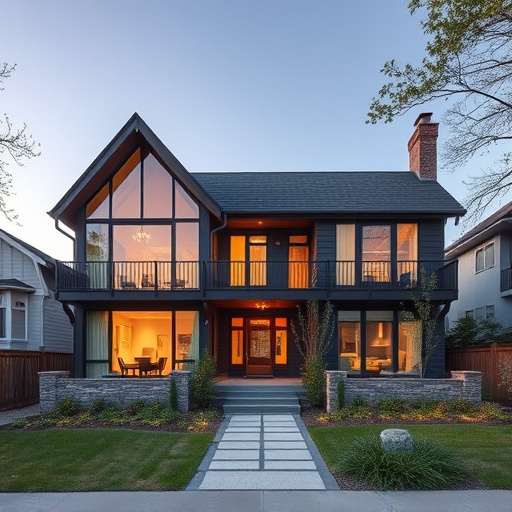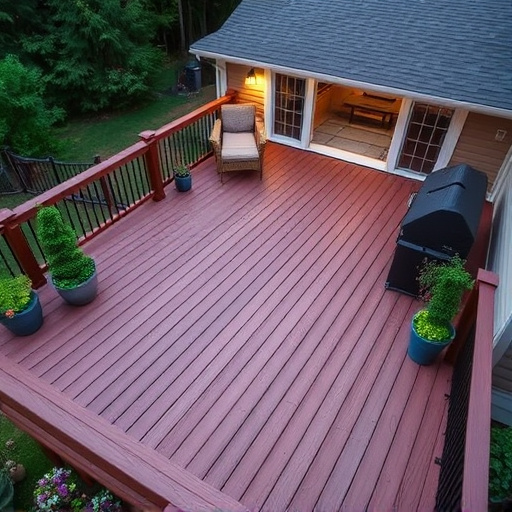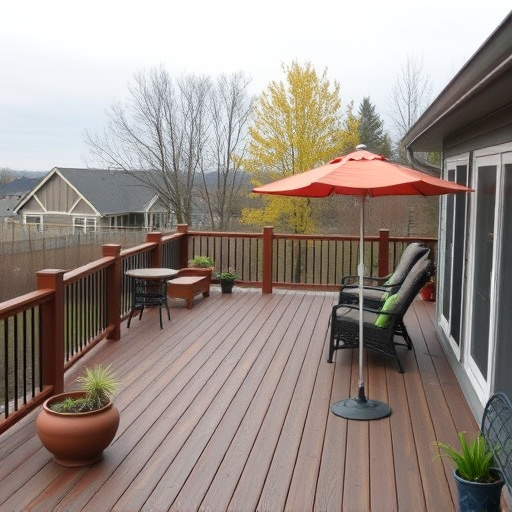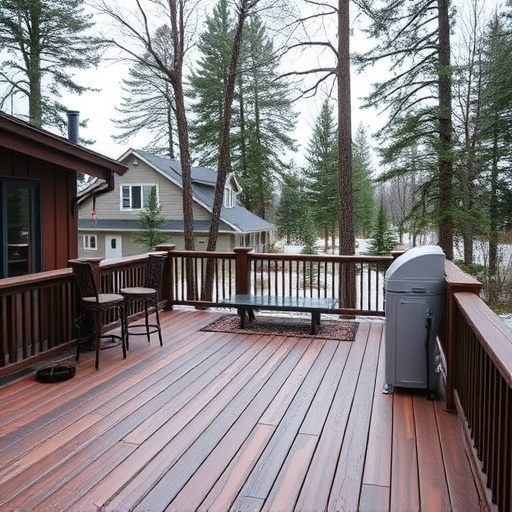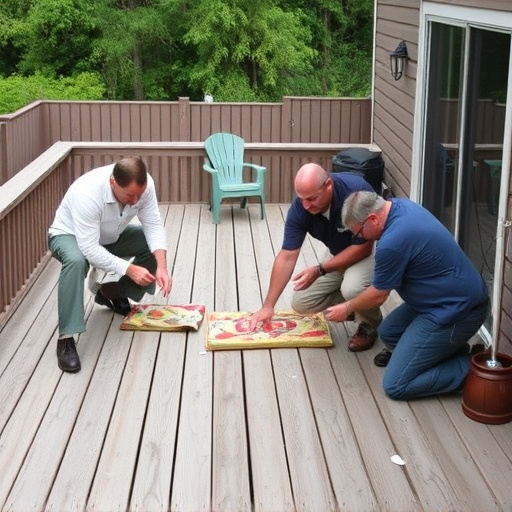Deck boards, crucial for outdoor deck structures, come in various types with differing durabilities. Common wood options include pressure-treated lumber, cedar, and tropical hardwoods, each requiring distinct maintenance. Exposure to elements can cause damage necessitating repair to maintain structural integrity. Estimating repair costs involves considering material type, quality, brand, fasteners, sealants, and hardware. Roofing solutions prevent future damage. Restoring deck boards extends life of outdoor space while saving money, but proper budgeting is key. Assess damage, research replacement costs, factor in aesthetic needs, and consider integration with existing siding or roof work.
“Uncover the secrets to budgeting for deck boards repair with our comprehensive guide. From understanding the various types of deck boards and their common damage points, to mastering the art of estimating repair costs—including materials, labor, and hidden factors—this article is your go-to resource. Learn practical tips for successful restoration, ensuring you’re prepared for every step of the process. Get ready to transform your deck and maximize your investment with these insightful budgeting tips tailored for deck boards.”
- Understanding Deck Boards: Types and Common Damage
- Estimating Repair Costs: Materials, Labor, and Factors to Consider
- Budgeting Tips for Successful Deck Boards Restoration
Understanding Deck Boards: Types and Common Damage
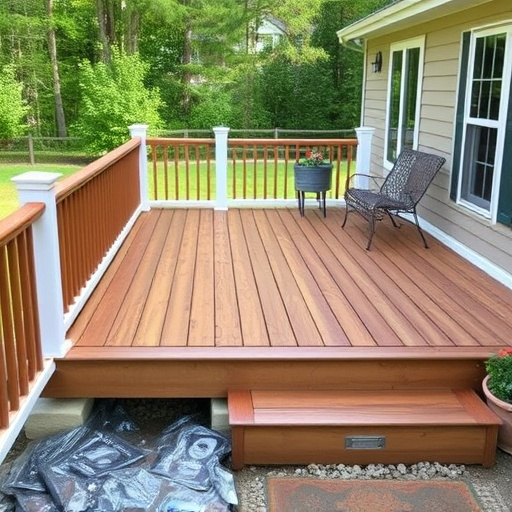
Deck boards are an essential component of any outdoor deck structure, serving as the floorboards that create the walking surface. They come in various types, each with unique characteristics and levels of durability. Common wood deck boards include pressure-treated lumber, cedar, and tropical hardwoods. These materials offer different levels of resistance to rot, insects, and weather conditions. While natural wood decks add a warm aesthetic, they require regular maintenance due to their porosity.
Damage to deck boards is inevitable over time due to exposure to the elements, foot traffic, and environmental factors. Common types of damage include splintering, cracking, cupping (where boards bow upward), and rot or decay, especially in older decks. Roofing and siding professionals often encounter deck board issues during inspections or repairs for residential siding projects. Prompt identification of these problems is crucial as they can impact the structural integrity of the deck and lead to more extensive and costly repairs if left unaddressed. Regular cleaning, sealing, and replacement of damaged boards are essential budgeting tips for homeowners aiming to maintain their outdoor living spaces effectively.
Estimating Repair Costs: Materials, Labor, and Factors to Consider
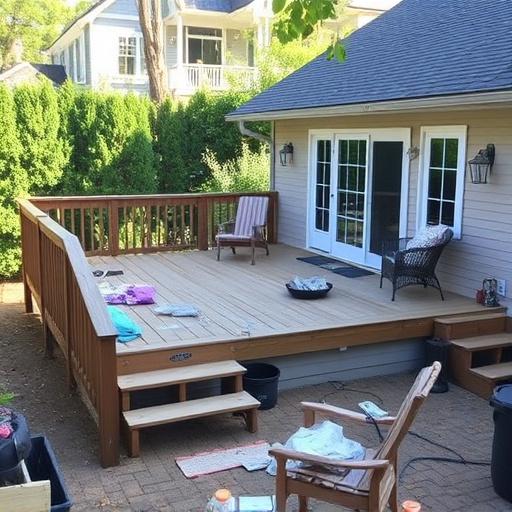
Estimating repair costs for deck boards involves considering several key factors. First, deck boards themselves can vary greatly in price depending on materials used—wood, composite, or vinyl—and their quality. Beyond that, exterior home improvements often require additional components like fasteners, sealants, and hardware. These roofing and siding supplies are essential for ensuring longevity and protection against the elements.
Labor costs also play a significant role in overall repair expenses. The complexity of the work, deck size, and accessibility can all influence the price. For instance, replacing damaged boards might be straightforward and relatively inexpensive, while repairing an entire deck structure could require specialized skills and machinery. Remember, roofing solutions like proper drainage systems and water-resistant treatments are crucial for preventing future damage to your deck boards.
Budgeting Tips for Successful Deck Boards Restoration
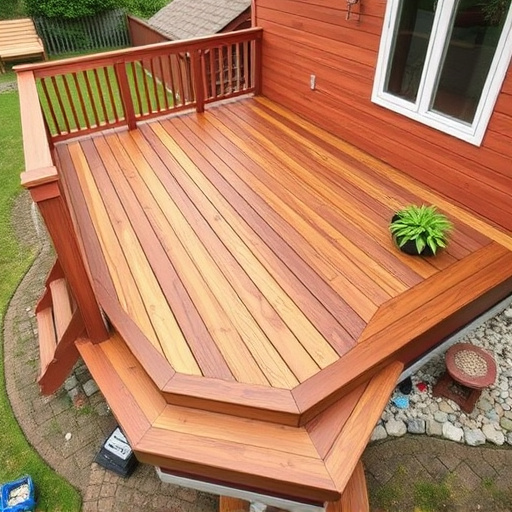
Restoring your deck boards can be a cost-effective way to extend the life of your outdoor space, but budgeting is key to ensuring the process goes smoothly without breaking the bank. Before beginning any repairs, create a detailed plan considering both the scope of the project and your financial resources. Start by assessing the damage: are the boards simply loose or severely rotter? This determination will impact the materials and labor required, directly affecting your expenses.
Next, research deck boards replacement costs for your specific situation. While traditional wood decks may be more affordable upfront, synthetic decking options offer long-term savings with their durability and reduced maintenance needs. Also, consider the overall aesthetic you wish to achieve; some materials may require additional finishing or painting, adding to the budget. Additionally, don’t overlook the cost of matching fasteners, flashing, and other essential components crucial for a secure and weatherproof finish—especially when integrating with existing commercial siding or requiring roof replacement and gutter repairs.
Repairing or restoring your deck boards is a worthwhile investment that can extend the life of your outdoor space. By understanding the types of damage, estimating repair costs, and implementing budgeting tips, you’ll be well-equipped to tackle these tasks effectively. Remember, proper maintenance and timely repairs are key to keeping your deck looking its best for years to come. With the right approach, you can transform your deck from a worn-out structure into a vibrant and inviting oasis.



